Insomnia is often not used to refer to a disease or condition, but rather a symp tom of several sleep disorders. According to Western medicine, there are two types of insomnia, primary and secondary. Primary insomnia is not directly related to any other health problems whereas secondary insomnia is difficulty sleeping due to another issue such as asthma, pain, arthritis, cancer, depression or due to a side effect of a medication.
tom of several sleep disorders. According to Western medicine, there are two types of insomnia, primary and secondary. Primary insomnia is not directly related to any other health problems whereas secondary insomnia is difficulty sleeping due to another issue such as asthma, pain, arthritis, cancer, depression or due to a side effect of a medication.
Common symptoms associated with insomnia include difficulty falling asleep, difficulty staying asleep, waking too early in the morning and feeling tired upon waking. Insomnia is also categorized based on the duration of the symptoms.
Episodes of insomnia may occur naturally from time to time, but when the condition continues for some time it can become pathological and sets off a whole cascade of events. Acute insomnia is short term and may last for a few nights to several weeks. Chronic insomnia is defined as having symptoms at least three nights per week for one month.
How Is Insomnia Treated with Chinese Medicine (TCM)?
Chinese medicine and acupuncture have been used to treat insomnia for thousands of years. TCM recognizes the proper flow of Qi of the body to be influential in healthy sleep. We look at the underlying issues causing sleep disturbances such as pain, stress and anxiety or night sweats and work to eliminate these issues.
An ancient Chinese physician, Zhang Jing-Yue, wrote: “Sleep is yin and ruled by the spirit. If the spirit is quiet there will be sleep. If the spirit is not quiet there is no sleep.” TCM theory begins with the theory of yin yang. Most basically, Yang is associated with day, activity and wakeful hours. Yin is associated with night, stillness and sleep. The spirit, or ‘Shen’ in Chinese, is a combination of the heart and mind; the two are inseparable in Chinese medicine.
Insomnia, often associated with disturbances of the psyche, will affect the state of the heart. The spirit is quiet when anchored by the yin. When the yin is deficient, or the yang energy overactive, the spirit has nowhere to rest. Yin is the energy responsible for night time and sleep and if our bodies are depleted in yin energy we experience insomnia, often with night sweats and a host of other symptoms. With the TCM treatment of insomnia, there is also a strong focus on the health of the kidneys and the balance of the fluids of the body.
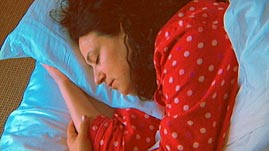 Practitioners of Chinese Medicine treat insomnia by taking into consideration your overall balance of mind, body, and spirit. The condition may be treated using acupuncture, herbal remedies, diet and lifestyle changes, and relaxation techniques. Treatment will be highly individualized and will depend on the underlying cause of the insomnia, which will be differentiated by your practitioner. A proper diagnosis is key to successfully treating insomnia, which may be caused by a number of factors including physical strain, mental and emotional stress, or improper diet. All these things must be examined in the patient’s life and adjusted to increase their state of balance. This will be different for each person and tailored to fit their specific needs. Patients with insomnia often have deeply relaxing treatments and fall asleep during their sessions.
Practitioners of Chinese Medicine treat insomnia by taking into consideration your overall balance of mind, body, and spirit. The condition may be treated using acupuncture, herbal remedies, diet and lifestyle changes, and relaxation techniques. Treatment will be highly individualized and will depend on the underlying cause of the insomnia, which will be differentiated by your practitioner. A proper diagnosis is key to successfully treating insomnia, which may be caused by a number of factors including physical strain, mental and emotional stress, or improper diet. All these things must be examined in the patient’s life and adjusted to increase their state of balance. This will be different for each person and tailored to fit their specific needs. Patients with insomnia often have deeply relaxing treatments and fall asleep during their sessions.
Western science has recognized acupuncture's effects on insomnia and attributes it to the natural release of melatonin and dopamine with acupuncture. Read an article about curing insomnia with acupuncture here: http://www.bulletproofexec.com/how-to-cure-insomnia-with-acupuncture/.
If you are suffering from insomnia you can start by working to eliminate stress and worry from your life. Acupuncture can help you begin to do this by identifying factors that trigger these emotions and take steps to reduce these triggers. Chinese medicine practitioners can also help you manage and reduce your emotional stress and reduce your dependence on sleeping pills or stimulants like smoking, alcohol, coffee or tea, all of which can affect your sleeping patterns. A bit of physical activity each day will help further reduce stress and regulate the flow of blood throughout the body. Practices such as taiji, qigong, and meditation can also help to calm the mind.
For a complete consultation, individual diagnosis and treatment for insomnia, visit our request an appointment page to schedule with a licensed practitioner.


 I was groomed from a young age to love watermelon. Growing up in Florida, almost every week in the summer my father would stop at a roadside stand and carefully select one of the heavy, green melons. There would be thumping, weighing and sniffing and finally he would select his prize. When we got home, he’d cut off the watermelon in large rounds, place it on a plate and eat it with a spoon--leaving behind just an empty, cylindrical rind and seeds floating in sweet juice. He would always cut me off a piece too and I’d enjoy this summertime ritual with my dad.
I was groomed from a young age to love watermelon. Growing up in Florida, almost every week in the summer my father would stop at a roadside stand and carefully select one of the heavy, green melons. There would be thumping, weighing and sniffing and finally he would select his prize. When we got home, he’d cut off the watermelon in large rounds, place it on a plate and eat it with a spoon--leaving behind just an empty, cylindrical rind and seeds floating in sweet juice. He would always cut me off a piece too and I’d enjoy this summertime ritual with my dad.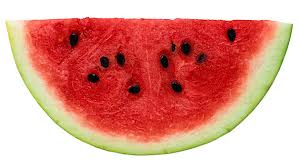 Waste not, want not: the seeds of the watermelon can also be used as medicine as well. Dried seeds can be boiled in water and consumed as a tea. The seeds are said to help the kidneys in Chinese medicine—helping to promote urination and also acting a vasodilator to lower high blood pressure.
Waste not, want not: the seeds of the watermelon can also be used as medicine as well. Dried seeds can be boiled in water and consumed as a tea. The seeds are said to help the kidneys in Chinese medicine—helping to promote urination and also acting a vasodilator to lower high blood pressure.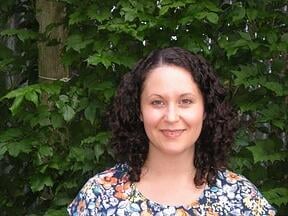

 Cat Calhoun is the first in her family to go to college and the only one thus far to receive a master’s degree. Before she came to AOMA she was a Senior Network Administrator for the city of Austin. Cat was involved in several car wrecks that damaged her neck. She found an acupuncturist who not only fixed her neck, but also cured her recurrent tension headaches. When her job shifted to more desk work and less face-to-face interactions with clients she decided to do some soul-searching and change careers. She researched and visited many acupuncture schools and found that AOMA was one of the best schools in the country. She says “we have some truly world class professors, both in knowledge and spirit. They are the power and the gems of the school.”
Cat Calhoun is the first in her family to go to college and the only one thus far to receive a master’s degree. Before she came to AOMA she was a Senior Network Administrator for the city of Austin. Cat was involved in several car wrecks that damaged her neck. She found an acupuncturist who not only fixed her neck, but also cured her recurrent tension headaches. When her job shifted to more desk work and less face-to-face interactions with clients she decided to do some soul-searching and change careers. She researched and visited many acupuncture schools and found that AOMA was one of the best schools in the country. She says “we have some truly world class professors, both in knowledge and spirit. They are the power and the gems of the school.”
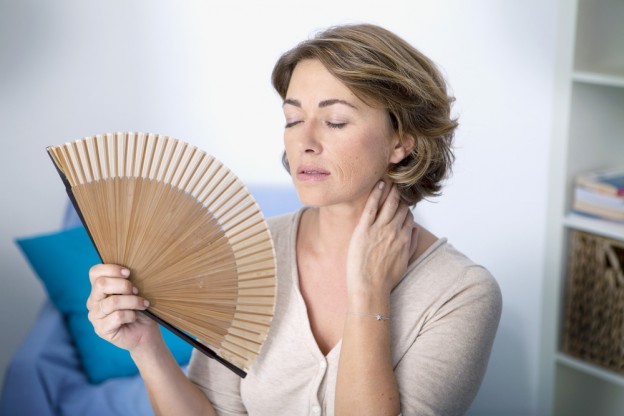
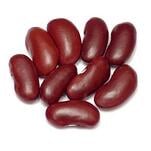
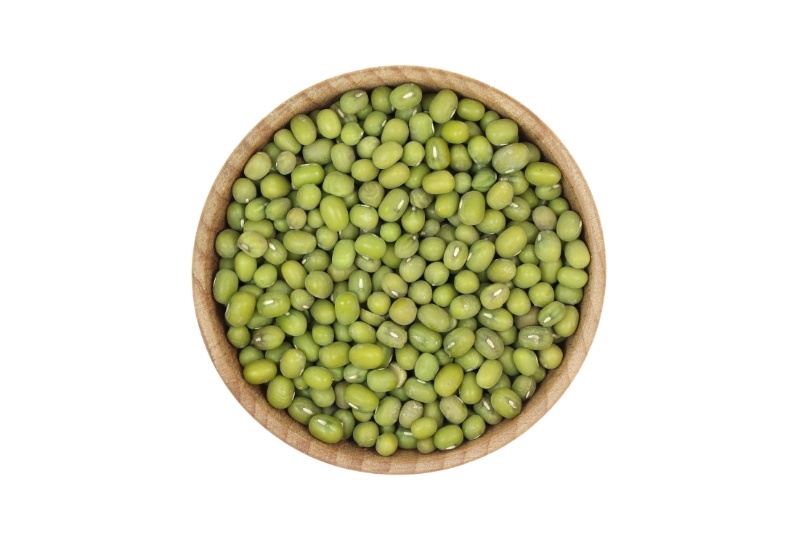
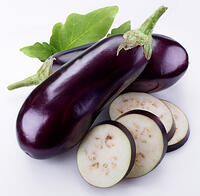
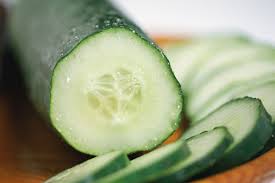 Intestine
Intestine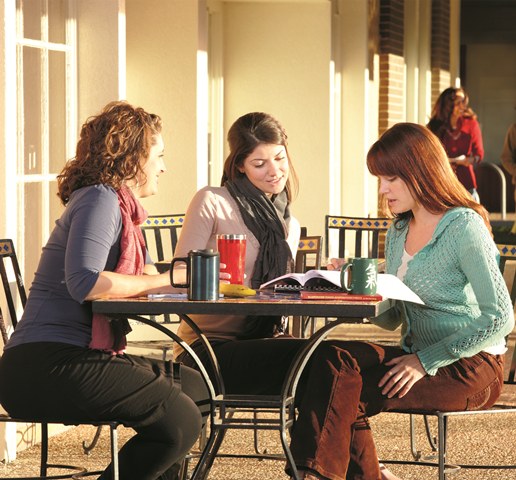

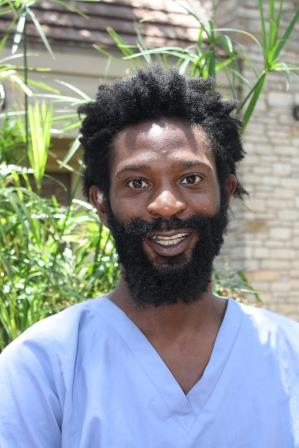 AOMA student, Gregory King can usually be found by his resounding laughter echoing in the hallway. Greg comes from Louisville, Kentucky where he discovered martial arts. During the first year of the program at AOMA he was working as a mentor for inner city youth. His case load included children who struggled with suicidal motives, depression, gang violence, and social isolation. Greg says, “I am grateful for the learning of the experience but it was extremely difficult. I overcame by really taking myself to the mat.” He began collaborating with world renowned martial artist Tom Callos and joined Ultimate Black Belt Team. Greg says, “This simple practice gave me a focus on becoming stronger because I was feeling the weakest and most vulnerable I have ever felt in my entire life.”
AOMA student, Gregory King can usually be found by his resounding laughter echoing in the hallway. Greg comes from Louisville, Kentucky where he discovered martial arts. During the first year of the program at AOMA he was working as a mentor for inner city youth. His case load included children who struggled with suicidal motives, depression, gang violence, and social isolation. Greg says, “I am grateful for the learning of the experience but it was extremely difficult. I overcame by really taking myself to the mat.” He began collaborating with world renowned martial artist Tom Callos and joined Ultimate Black Belt Team. Greg says, “This simple practice gave me a focus on becoming stronger because I was feeling the weakest and most vulnerable I have ever felt in my entire life.”
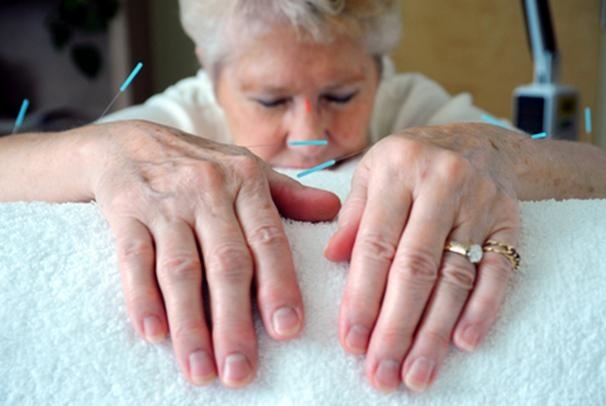
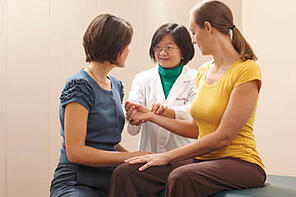 According to Chinese medical theory, arthritis occurs when the Qi (energy, life-force) in the body becomes blocked. Unique acupuncture points will be determined after a careful evaluation of the patient’s medical history and once the licensed practitioner pinpoints the root cause of the patient’s Qi blockage. The practitioner will also likely prescribe Chinese herbs and make lifestyle and/or dietary recommendations.
According to Chinese medical theory, arthritis occurs when the Qi (energy, life-force) in the body becomes blocked. Unique acupuncture points will be determined after a careful evaluation of the patient’s medical history and once the licensed practitioner pinpoints the root cause of the patient’s Qi blockage. The practitioner will also likely prescribe Chinese herbs and make lifestyle and/or dietary recommendations.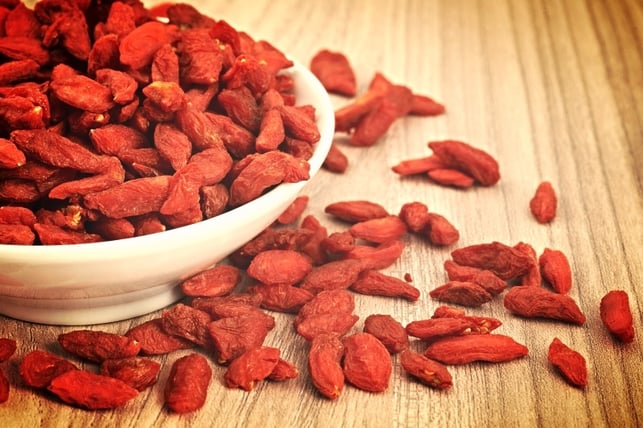
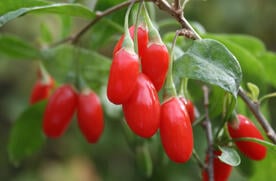
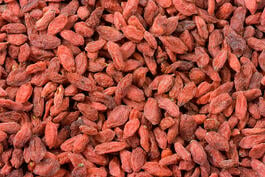 ter”, congee is eaten throughout China as a breakfast food. It is a thin porridge, usually made from rice, although other grains may be used.
ter”, congee is eaten throughout China as a breakfast food. It is a thin porridge, usually made from rice, although other grains may be used. 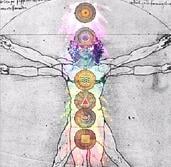 The theory of the natural elements is an enduring philosophy across cultures, appearing in separate countries in vastly different eras around the world.
The theory of the natural elements is an enduring philosophy across cultures, appearing in separate countries in vastly different eras around the world.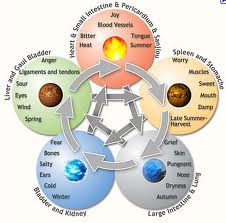 In TCM, the Five Elements are dynamic: they create, control, and constantly interact with each other. Each element is said to generate—give rise—to another element. This generating sequence is a type of “mother-son” relationship, where the parent gives life to and nurtures the child. In Five Element theory, Fire generates Earth. Earth generates Metal. Metal generates Water. Water generates Wood. Wood generates Fire. One jumping off point for remembering this sequence is to think of how rubbing twigs (ie: wood) together can create fire.
In TCM, the Five Elements are dynamic: they create, control, and constantly interact with each other. Each element is said to generate—give rise—to another element. This generating sequence is a type of “mother-son” relationship, where the parent gives life to and nurtures the child. In Five Element theory, Fire generates Earth. Earth generates Metal. Metal generates Water. Water generates Wood. Wood generates Fire. One jumping off point for remembering this sequence is to think of how rubbing twigs (ie: wood) together can create fire.
